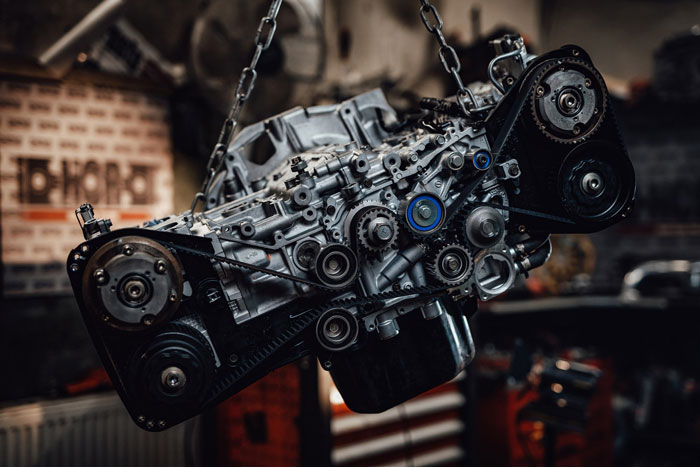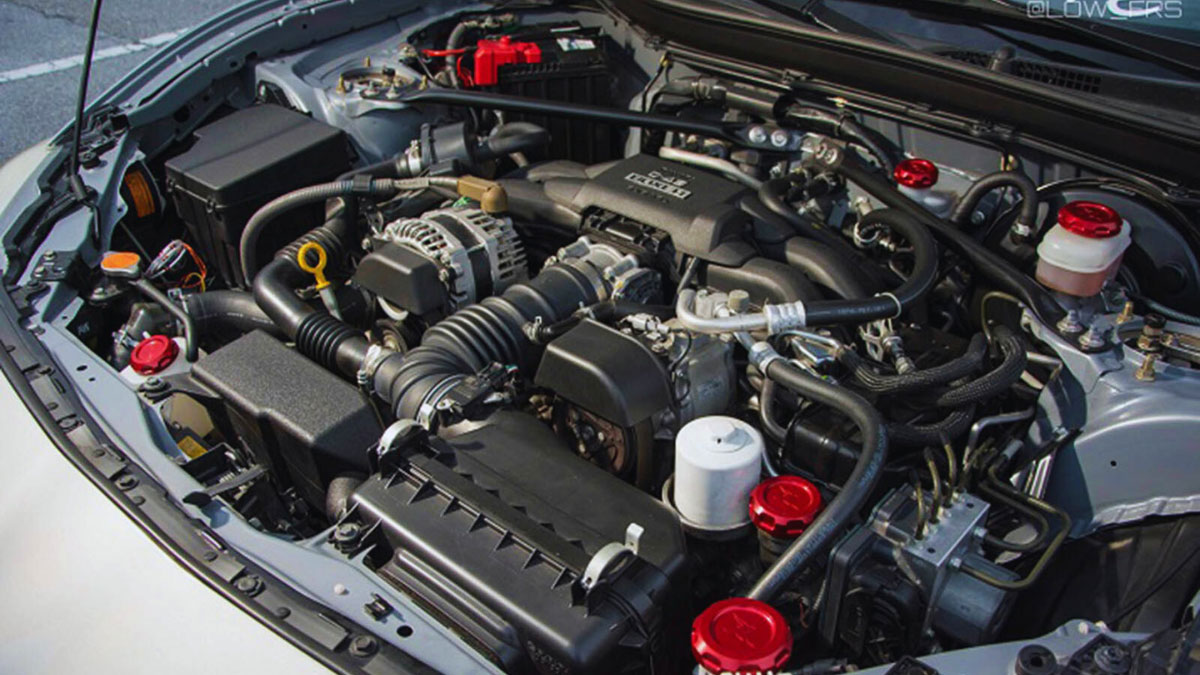When it comes to car engines, the boxer engine has always intrigued me. Its unique design sets it apart from the crowd, offering a range of benefits that appeal to many automotive enthusiasts. From a lower center of gravity to improved handling, the advantages of a boxer engine are hard to ignore. However, like any technology, it also comes with its own set of drawbacks that are worth considering before making a decision.
In this article, I’ll delve into the advantages and disadvantages of boxer engines, shedding light on why some drivers swear by them while others prefer different engine configurations. Whether you’re a performance-driven driver or simply curious about what makes boxer engines tick, understanding both sides of the coin can help you make an informed choice when it comes to your next vehicle. Let’s explore the world of boxer engines together.
Understanding the Boxer Engine
Exploring the Boxer engine offers a fascinating insight into a unique design that sets it apart from other engine configurations. With horizontally opposed pistons that move toward each other like boxers in a ring, this layout results in a lower center of gravity, enhancing stability and handling on the road.
Emphasizing the Advantages
Highlighting the benefits of a Boxer engine, one cannot overlook its inherent balance due to the opposing pistons cancelling out each other’s vibrations. This balance not only leads to smoother operation but also contributes to the engine’s longevity by reducing wear and tear on internal components.
Unveiling the Drawbacks
Despite its advantages, a Boxer engine does come with its set of drawbacks, notably its wider design compared to inline engines. This can lead to space constraints in some vehicles, affecting overall compactness and potentially impacting aerodynamics.
Striking a Balance
Understanding the nuances of a Boxer engine helps in appreciating its advantages while acknowledging its limitations. By weighing the pros and cons thoughtfully, one can make an informed decision when selecting a vehicle powered by this distinctive engine configuration.

Advantages of a Boxer Engine
Boxer engines offer several advantages that make them a desirable choice for many vehicle enthusiasts. Let’s explore some of the key benefits below:
1. Perfect balance
Boxer engines are known for their perfect balance, thanks to the horizontally opposed pistons that move in and out simultaneously. This design results in reduced vibrations and smoother operation, enhancing overall driving experience.
2. Added boost
Due to their layout, boxer engines can easily accommodate turbochargers or superchargers. The symmetrical design of the engine allows for equal and efficient distribution of added boost, resulting in enhanced performance without sacrificing reliability.
3. Unique design
The flat design of boxer engines contributes to a lower center of gravity compared to other engine configurations. This unique design improves the stability of the vehicle, especially during high-speed cornering, making it a popular choice for sports cars and performance vehicles.
4. Low center of gravity
One of the standout advantages of boxer engines is their low center of gravity. By positioning the heavy engine components lower in the vehicle’s chassis, boxer engines enhance stability, handling, and overall driving dynamics. This characteristic is particularly beneficial for driving on winding roads and tight corners.
5. Safety benefits
The low mounting position of a boxer engine enhances safety aspects in case of a frontal collision. The engine sits lower in the vehicle, reducing the risk of it moving into the cabin during a crash, thus offering improved protection to the occupants. This safety feature adds an extra layer of security for drivers and passengers alike.
Disadvantages of a Boxer Engine
Boxer engines, despite their many advantages, also come with some drawbacks that are worth considering.
1. Size considerations
When it comes to boxer engines, one of the key disadvantages is their size. Due to their horizontally opposed design, boxer engines tend to be wider than other engine configurations. This can pose challenges when fitting the engine into some vehicles, especially those with limited space under the hood. The broader layout of a boxer engine can make it harder to install in certain car models that have more compact engine compartments.
2. Complexity factors
Another disadvantage of boxer engines is the increased complexity they may bring. The design of a boxer engine involves more moving parts compared to inline or V-shaped engines. This complexity can potentially lead to higher maintenance and repair costs over time. Additionally, the arrangement of components in a boxer engine can make certain maintenance tasks, such as accessing spark plugs or exhaust systems, more challenging and time-consuming.
3. Maintenance challenges
Maintenance of a boxer engine can be more labor-intensive and require specialized knowledge. The layout of a boxer engine makes it less accessible for routine maintenance tasks, which can lead to higher servicing costs. Simple procedures like changing the engine oil or replacing filters may require more effort and time due to the engine’s specific design. Ensuring that the components are properly aligned and adjusted in a boxer engine can demand a higher level of precision during maintenance activities.
Making Informed Choices
Exploring the advantages and disadvantages of boxer engines allows individuals to make well-informed decisions when it comes to selecting the ideal engine type for their vehicles. While boxer engines offer exceptional benefits such as perfect balance, efficient boost accommodation, and enhanced stability due to their unique design, it’s crucial to consider potential drawbacks before making a final choice. Factors like the larger size of boxer engines, increased complexity resulting in higher maintenance costs, and the need for specialized knowledge during maintenance tasks are essential considerations for those evaluating the performance, stability, and maintenance requirements of boxer engines. By weighing the advantages against the disadvantages, individuals can make informed choices that align with their driving preferences and vehicle needs.
Conclusion
After exploring the advantages and disadvantages of boxer engines, it’s evident that these engines offer unique benefits such as optimal balance and enhanced safety in frontal collisions. Despite their drawbacks like increased maintenance costs and complexity, understanding these aspects is crucial for selecting the right engine type that suits individual driving preferences and vehicle requirements. Making an informed decision based on these considerations will ensure a satisfying driving experience with a boxer engine-equipped car.
Frequently Asked Questions
What are the advantages of boxer engines in cars?
Boxer engines offer perfect balance, efficient boost accommodation, stability, and safety in frontal collisions due to their unique horizontally opposed piston design and low center of gravity.
What are the disadvantages of boxer engines?
Drawbacks include larger size, increased complexity leading to higher maintenance costs, and the need for specialized knowledge during maintenance tasks.
Which companies still use boxer engines in cars?
Currently, Porsche, Subaru, and Toyota are the companies that utilize boxer engines, developing and employing four- and six-cylinder variants.
Why does Subaru use boxer engines in their cars?
Subaru utilizes boxer engines for benefits like stability, handling, and responsiveness attributed to the engine’s horizontally opposed configuration with a lower center of gravity.
Are boxer engines superior to inline engines?
Boxer engines offer advantages such as a lower center of gravity, better acceleration, and enhanced handling compared to inline engines, making them a preferred choice for some drivers.

